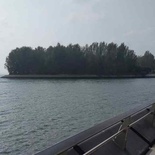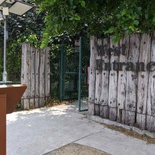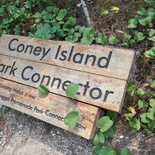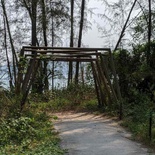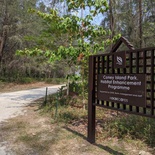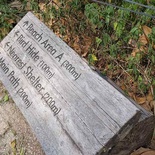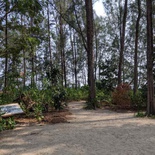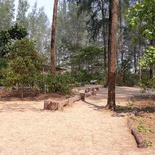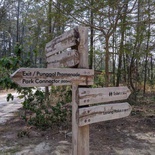Let’s check out one of the Singapore’s interesting park island which is not Ubin or Sentosa. Come Coney Island. The tiny island park is located on the northern side of Singapore in the Punggol district.
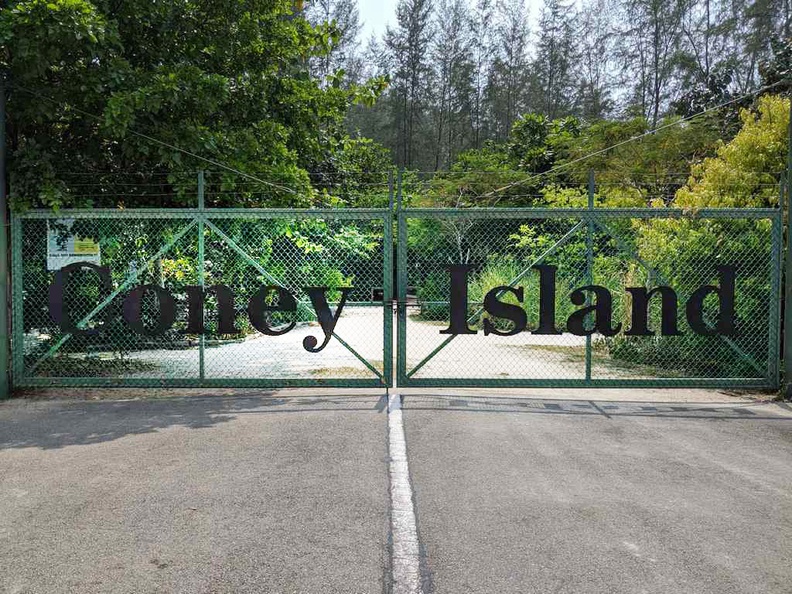
The island was once owned by Haw Par
On bit of history in the 1930s and ’40s, the island was referred to as Haw Par Island. This is besides it’s Malay name as Pulau Serangoon, Pulau meaning island. The island was sold in 1950 to a businessman, who developed the island into “Singapore’s first island health resort” with seaside accommodation. Land reclamation took place in 1975 which increased its land mass from 13 to 62 hectares.
The last of Coney island residences vacated in the 90s. Following another round of land reclamation brought the land mass to 100 hectares. The park is opened to the public on 2015 with 50-hectare park accessible and managed by the National Parks Board (N-parks). You might know N-parks as the ones who similarly run Hortpark and Gardens by the Bay.
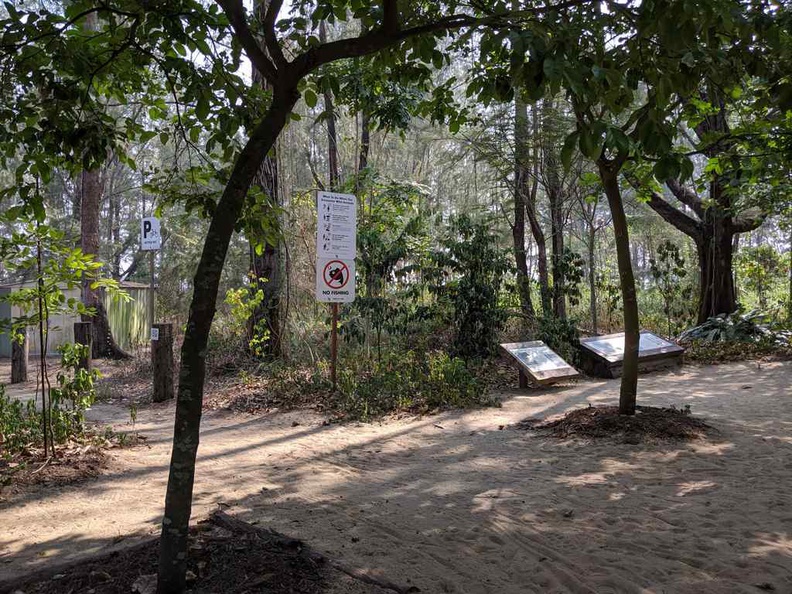
A place for nature
Furthermore, Coney Island Park is home to a wide variety of animal and plant habitats. This includes coastal forests, grasslands, mangroves, and casuarina woodlands. Also, it is home to a wide variety of fauna and flora. You enter the park through one of the two entrances here. Paths within connects via trails running on the perimeter and through the foliage. Some of the plants here cared by Singapore N-parks here are critically endangered, with some plants at the park are presumed nationally extinct in the wild.
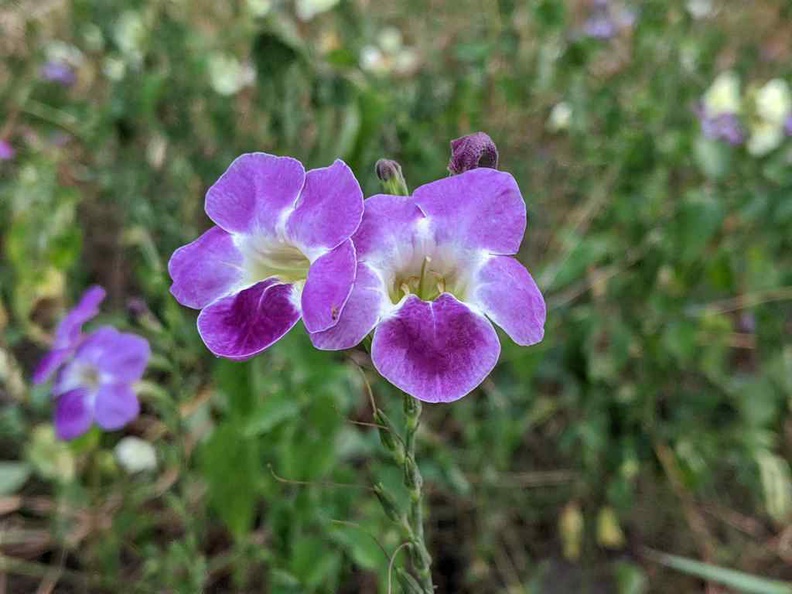
And bird watching
Moreover, the different plant habitats in the park allow for a high diversity in bird species. Hence, making the park an ideal location for bird watching. Here, you can try spotting one of 80 species of birds here on the island. Species includes the resident male Baya Weavers or parakeets flocks flying through the forest. You can find them through their weaved intricate nests usually build from tall flowering Acacia trees or the besting sheltered planted by Nparks.

Moreover, during your walk through the foliage areas on nesting seasons, you can hear the chirp of bird songs. It could be form nesting birds such as the Oriental Magpie-robin’s songs from the forest.
Coney island itself is a sustainability statement. The rustic Coney Island Park is an ecologically sustainable park with several environmental initiatives. For instance, its daily operations are focused on conserving energy and water, recycling and retaining of the natural elements in the park. Much is done to maintain the rustic character of the park.
Legend of the Coney Island cow
You might had heard of the story of the resident legendary cow on Coney island. The cow is not native to the island and called the island its home for a considerable period of time. Sadly, the story of its disappearance as told by an N-parks guide was apparently the cow failing to wake up after being sedated when it was taken in by the authority veterinarian for a health check-up.
When it comes to wildlife, do keep to the designated trails watch animals and nesting birds from afar. Resident on the island too as long tailed Macaques, which could turn aggressive if you try to feed them. Do keep to good food hygiene here on the island. Also remember to take only what you have brought in, and leave no trash behind.
Casuarina trees are not native here
Notably, Casuarina trees found here are actually not native to Singapore. These trees are distinctive with their fir-like woodly leaves. They came hidden from the reclaimed-land sand which makes up almost half of the island and grew to great heights thereafter.
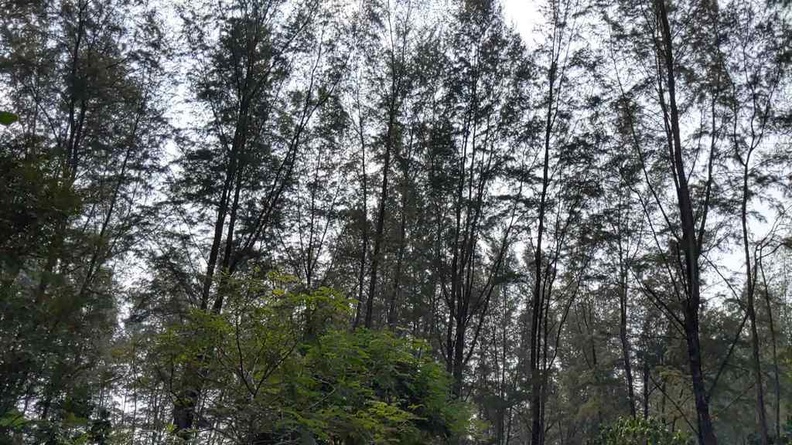
Moreover, there are also mangrove habitats elements here on the island. There is a boardwalk area on the north of the island which runs near the beach line. Additionally, everything here at the park is self-sustainable.
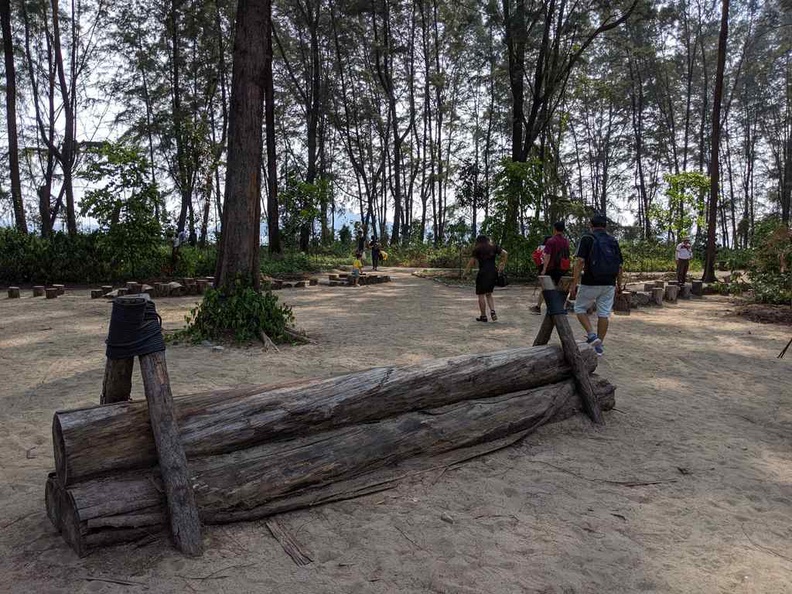
Here, wood and timber from uprooted trees are recycled into reusable items, such as park signages, seats and benches. Even the mangrove boardwalk and exhibits at Casuarina Exploration sector are made using these fallen recycled trees.
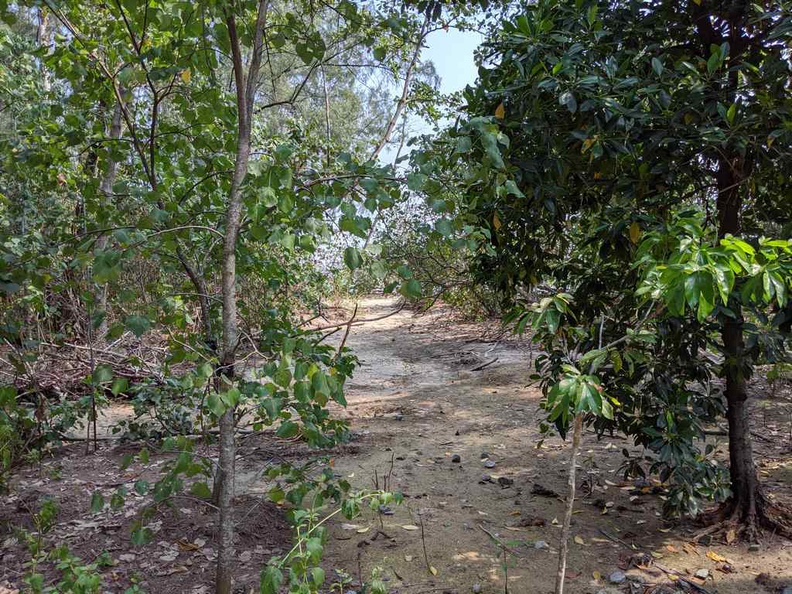
The beach area is a nice popular chill sector. It sits north of the island just after a mangrove trail. The sand here is soft and nice and some parts are natural. One of the few rare spots where most of Singapore’s shoreline are reclaimed land.
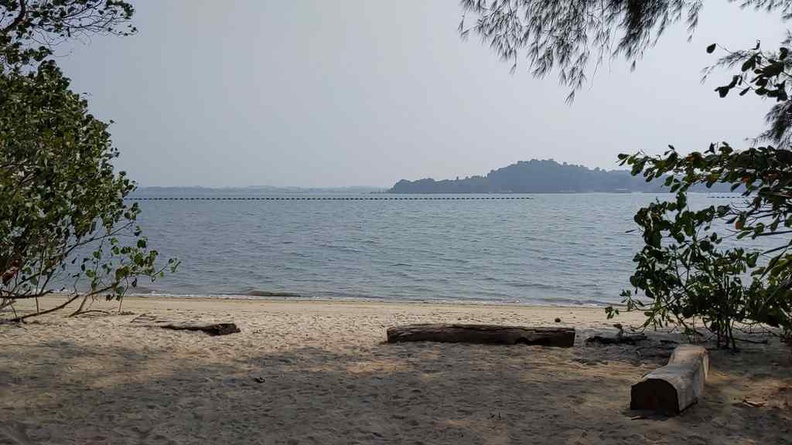
Tips for visiting Coney Island Park
Most of Coney island pathway area accessible via foot or bicycle. You are fine with comfortable regular trainer shoes when walking around here. Also, the park is also popular with trail joggers who frequent the route through the island. However, do expect some rugged terrain at some parts and may be unsuitable for younger children.

Furthermore, as there are no water and toilet, do bring ample bring water with you when visiting. Pathways in the foliage are nicely shaded. However, do expect some open areas on intersections and the reclaimed land area where it can get rather sunny. Shelters are pretty sparse around here too.
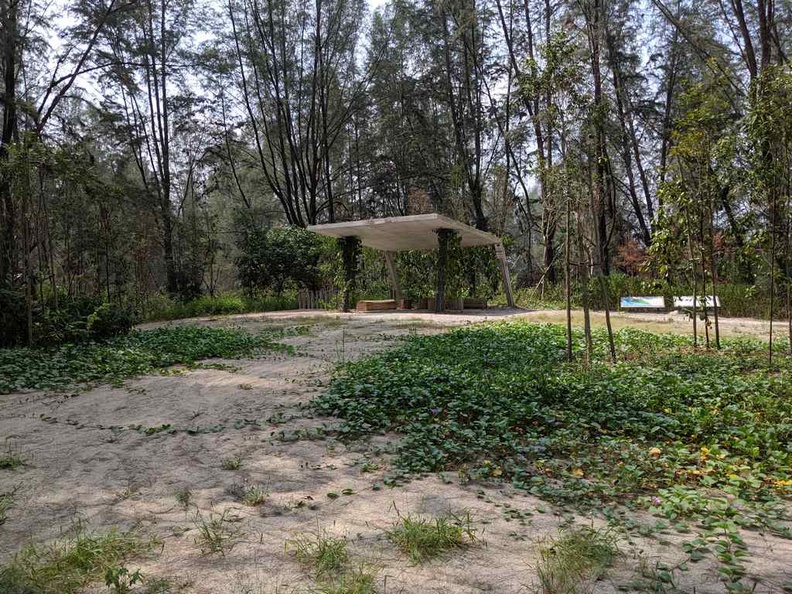
Moreover, you may also bicycle ride through the island along the 2.5 km Coney Island Park Connector. Also, it offers beautiful promenade views of the Serangoon Reservoir. Part of the island also encases the Reservoir as part of Singapore’s fresh water catchment.
No utilities or lights here!
Also, there is no electricity or piped water on the island. Hence as there are limited lighting and facilities on the island, it gets pitch dark here at night. Do note the park is closed from 7pm to 7am, with the island entrance gates preventing any visitors from entering when it is closed.
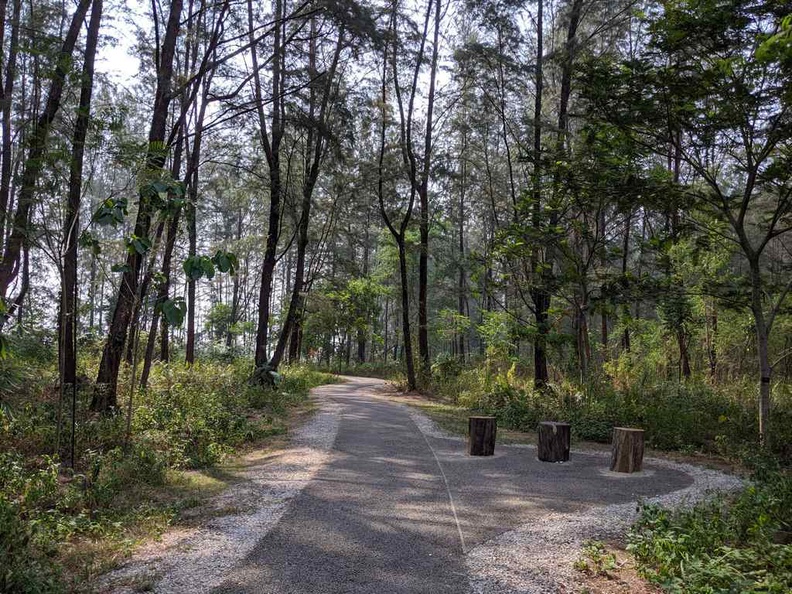
Moreover, notable insects on the island includes mosquitoes and mostly sand flies. Hence, do wear long pants and covered shoes for protection. The openness of the park out of the Singapore mainland makes it open to northern storms. Hence, do avoid visiting the park during a thunderstorm. If do, there are a couple of small shelters on the island which you can use within the park. They are marked on the park map by the entrances.
All in all, with its rich biodiversity in a rustic setting seldom seen in Singapore, Coney Island Park offers much to explore for bird and nature enthusiasts.

